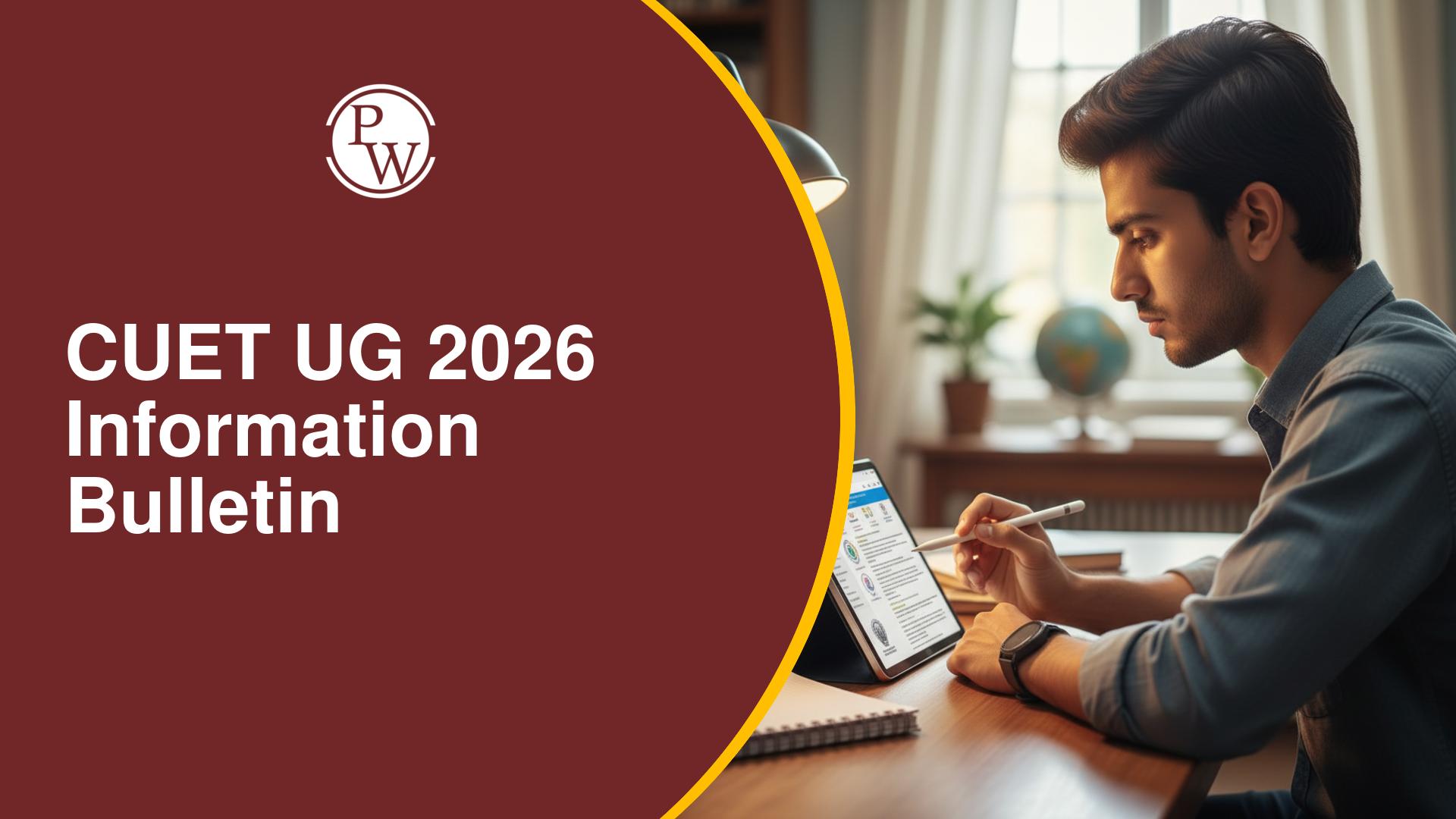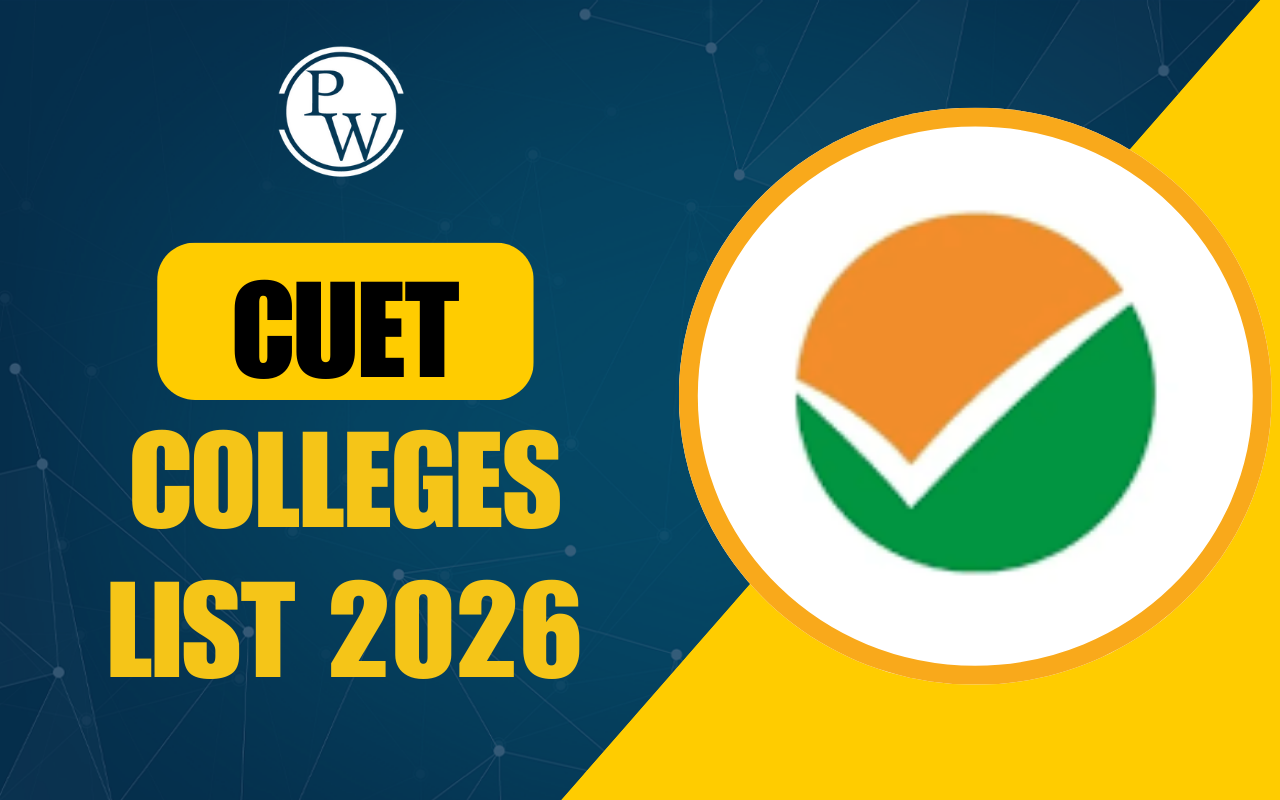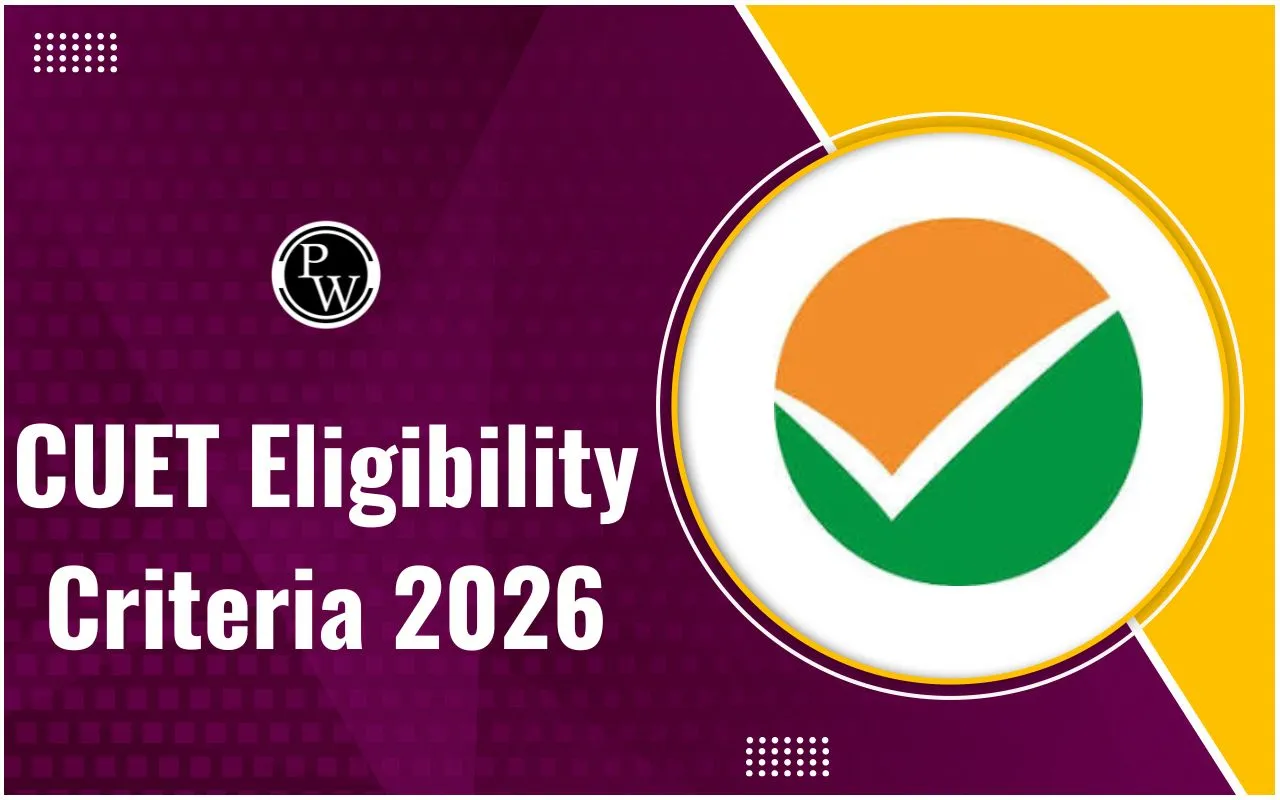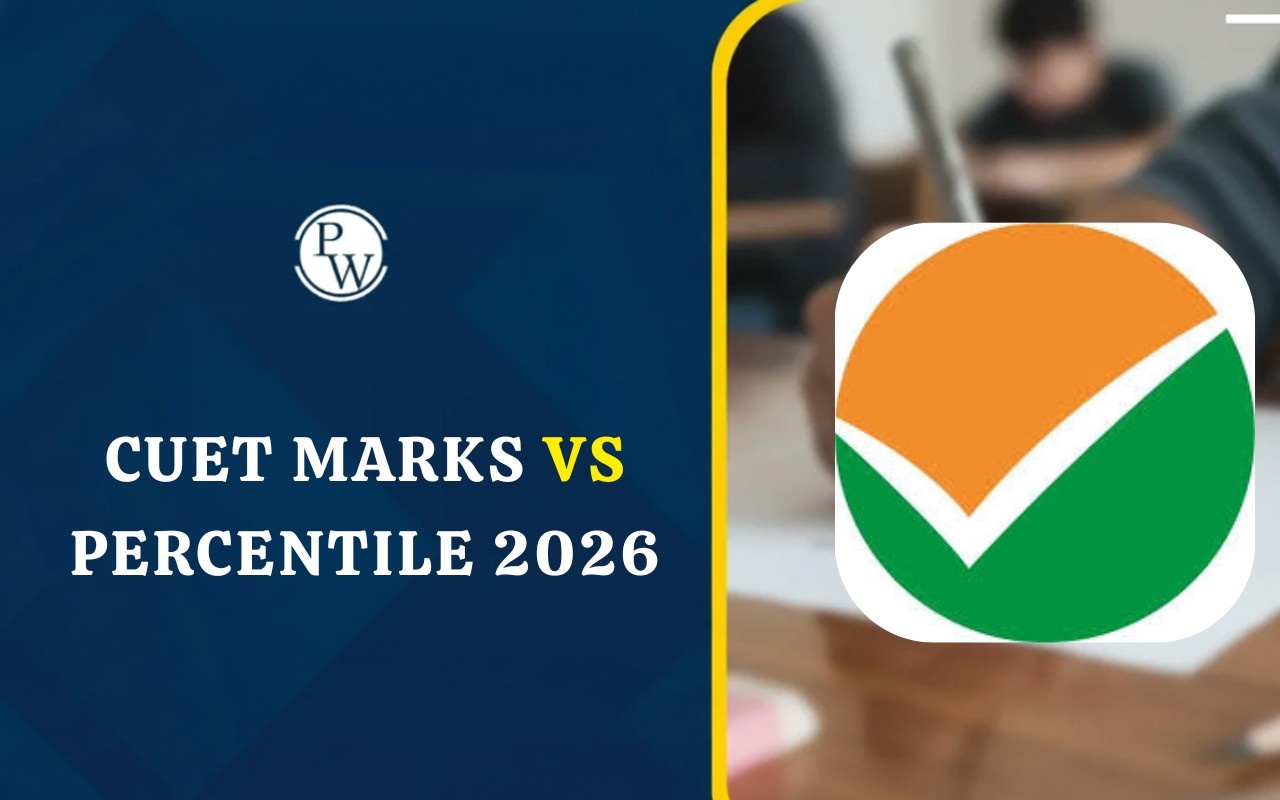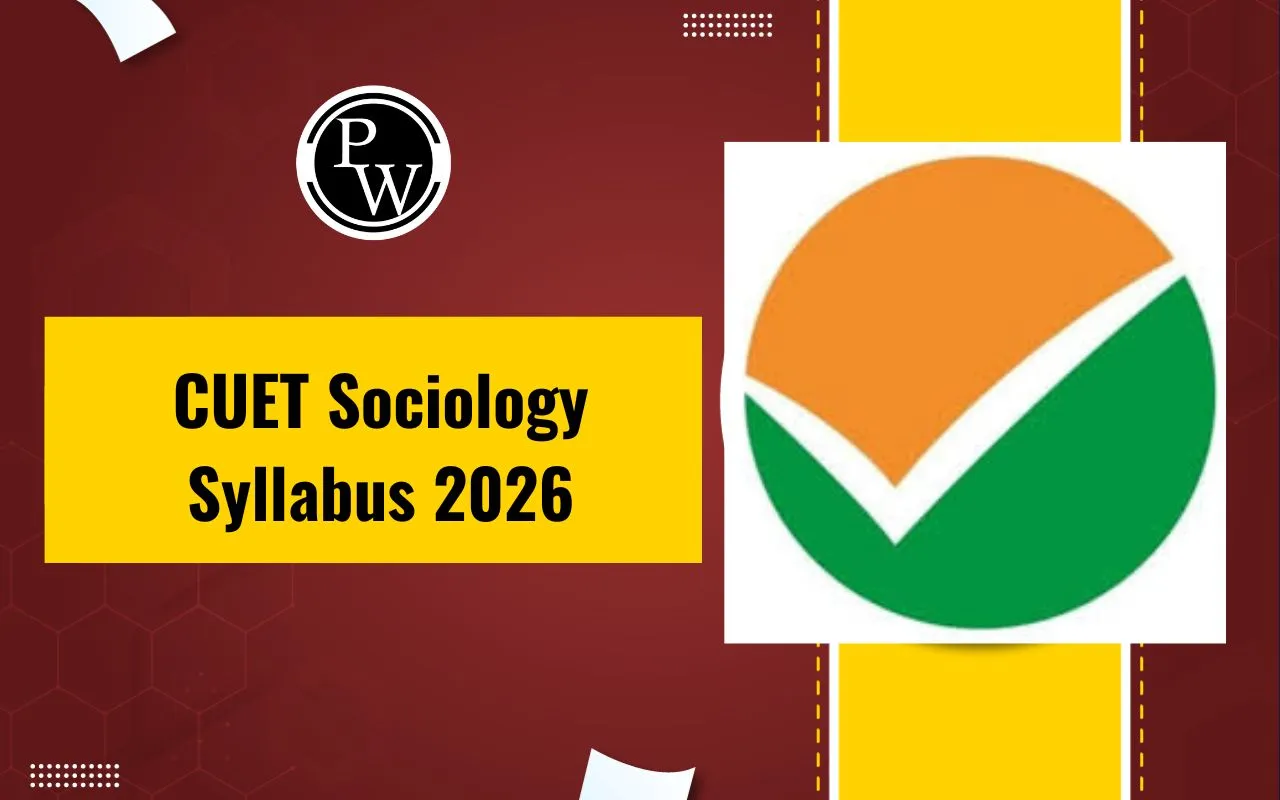
How to Prepare Physics for CUET 2025 : Candidates who are going to appear in CUET UG 2025 exam with Physics as the domain-specific subject must follow a strategic approach to prepare for the exam. With the right approach, candidates can build a strong foundation in physics concepts and perform well in the exam. Candidates can check the tips to prepare in Physics for CUET 2025 here.
How to Prepare Physics for CUET 2025?
Candidates must follow the below tips to prepare for the Physics paper for CUET UG 2025 exam.Know The Syllabus
The first step is to understand the syllabus for CUET Physics . The syllabus includes ten main units:
- Electrostatics
- Current Electricity
- Magnetic Effects of Current and Magnetism
- Electromagnetic Induction and Alternating Currents
- Electromagnetic Waves
- Optics
- Dual Nature of Matter and Radiation
- Atoms and Nuclei
- Electronic Devices
- Communication Systems
Candidates should read through each unit and note the important topics within them. This will help in planning their study schedule.
Develop a Study Plan
Creating a study plan is crucial for success. Candidates should follow these steps:
- Evaluate Available Time : Look at how much time is left before the exam and how many hours can be dedicated to studying each day.
- Break Down Topics : Divide each unit into smaller topics and assign time to cover each one.
- Set Achievable Goals : Establish daily or weekly goals to complete specific topics or chapters.
- Include Revision Time : Schedule regular sessions to review what has been learned.
Focus on Key Topics
Some topics in the syllabus may be more important than others. Candidates should pay special attention to:
- Electromagnetic Induction : Understand key concepts like Faraday's law and Lenz’s law.
- Optics : Study reflection, refraction, and how optical instruments work.
- Current Electricity : Learn about Ohm’s law, series and parallel circuits, and Kirchhoff's laws.
Focusing on these key areas can help candidates score higher in the exam.
Practice Regularly
Regular practice is essential for mastering physics concepts. Candidates should:
- Solve numerical problems related to the topics studied.
- Work on previous years' question papers to understand the exam format and question types.
- Take CUET mock tests under timed conditions to improve speed and accuracy.
Consistent practice builds confidence and familiarity with the subject matter.
Build Conceptual Understanding
Physics requires a strong grasp of concepts rather than just memorizing formulas. Candidates should:- Use diagrams and charts to visualize complex ideas.
- Relate different physics concepts to see how they connect.
- Discuss topics with classmates or friends to clarify doubts.
Manage Time Effectively
Time management is crucial both during preparation and on exam day. Candidates can improve their time management skills by:- Setting timers during practice sessions to simulate real exam conditions.
- Prioritizing easier questions first during cuet mock tests before tackling more difficult ones.
- Reviewing mistakes made in practice tests to avoid repeating them.
Stay Updated with Current Affairs
Staying informed about current affairs related to science and technology can enhance understanding of physics concepts. Candidates should:- Read science magazines or journals regularly.
- Follow credible news sources that cover advancements in physics or technology.
Seek Help When Necessary
If candidates find certain topics challenging, they should not hesitate to ask for help:- Consult teachers or tutors who can explain difficult concepts.
- Join study groups where peers can support each other’s learning.
- Use online forums or educational platforms where questions can be asked.
Review Regularly
Regular reviews are important for reinforcing what has been learned. Candidates should set aside time each week for revision:- Go over notes taken during lessons or while studying.
- Revisit important formulas and key concepts frequently.
- Summarize main points from each unit after completing it.
Stay Positive And Motivated
A positive attitude is essential throughout the preparation. Candidates should:- Set realistic expectations based on their progress.
- Celebrate small achievements along the way to maintain motivation.
- Practice mindfulness techniques such as meditation or deep breathing exercises to reduce anxiety.
Prepare for Exam Day
On the day of CUET Physics exam, candidates should ensure they are ready:- Get plenty of rest the night before the exam.
- Have a healthy breakfast before heading to the examination center.
- Arrive early at the venue to avoid last-minute stress.
CUET Physics Syllabus 2025
Candidates preparing for CUET UG 2025 exam must go through the below table for CUET Physics Syllabus 2025. The important unit and unit-wise topics are included in CUET Physics Syllabus 2025.
| CUET Physics Syllabus 2025 | ||
| S. No. | Unit | Topics |
| Unit.1. | Electrostatics |
|
| Unit.2. | Current Electricity |
|
| Unit.3. | Magnetic Effects of Current and Magnetism |
|
| Unit.4. | Electromagnetic Induction and Alternating Currents |
|
| Unit.5. | Electromagnetic Waves |
|
| Unit.6. | Optics |
|
| Unit.7. | Dual Nature of Matter and Radiation |
|
| Unit.8 | Atoms and Nuclei |
|
| Unit.9. | Electronic Devices |
|
| Unit.10. | Communication Systems |
|
Study Material For CUET 2025 Preparation
Comprehensive guides, practice papers, mock tests, and video lectures designed to help students excel in the CUET 2025 exam . Boost your preparation with expert resources.| Study Material For CUET 2025 Preparation |
| Checkout CUET Books from PW Store |
| Checkout Question Banks from PW Store |
| Checkout Mock Test from PW Store |
How To Prepare Physics For CUET 2025 FAQs
Q1. How many questions will be on CUET Physics exam?
Q2. How can I effectively study for CUET Physics exam?
Q3. What is the duration of CUET Physics exam?
Q4. What is the marking scheme for CUET Physics exam?


